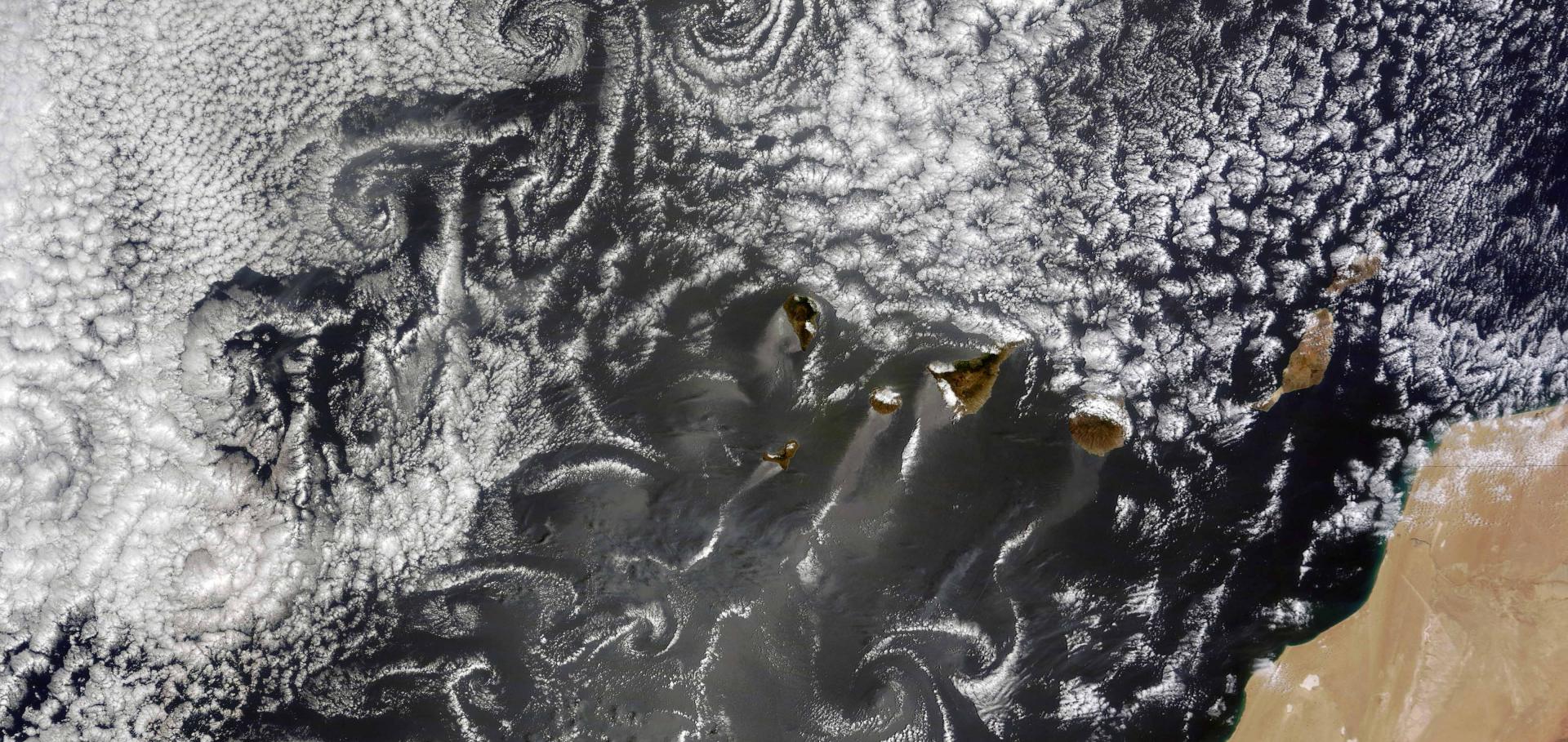On the limits of CALIOP for constraining modelled free‐tropospheric aerosol
Geophysical Research Letters American Geophysical Union (2018)
Remote sensing of droplet number concentration in warm clouds: A review of the current state of knowledge and perspectives
Reviews of Geophysics American Geophysical Union 56:2 (2018) 409-453
Abstract:
The cloud droplet number concentration (Nd) is of central interest to improve the understanding of cloud physics and for quantifying the effective radiative forcing by aerosol‐cloud interactions. Current standard satellite retrievals do not operationally provide Nd, but it can be inferred from retrievals of cloud optical depth (τc) cloud droplet effective radius (re) and cloud top temperature. This review summarizes issues with this approach and quantifies uncertainties. A total relative uncertainty of 78 % is inferred for pixel‐level retrievals for relatively homogeneous, optically thick and unobscured stratiform clouds with favorable viewing geometry. The uncertainty is even greater if these conditions are not met. For averages over 1o×1o regions the uncertainty is reduced to 54 % assuming random errors for instrument uncertainties. In contrast, the few evaluation studies against reference in‐situ observations suggest much better accuracy with little variability in the bias. More such studies are required for a better error characterization. Nd uncertainty is dominated by errors in re and, therefore, improvements in re retrievals would greatly improve the quality of the Nd retrievals. Recommendations are made for how this might be achieved. Some existing Nd datasets are compared and discussed, and best practices for the use of Nd data from current passive instruments (e.g., filtering criteria) are recommended. Emerging alternative Nd estimates are also considered. Firstly, new ideas to use additional information from existing and upcoming spaceborne instruments are discussed, and secondly, approaches using high‐quality ground‐based observations are examined.Limited impact of sulfate-driven chemistry on black carbon aerosol aging in power plant plumes
AIMS Environmental Science AIMS Press 5:3 (2018) 195-215
Abstract:
The aging of refractory black carbon (rBC) aerosol by sulfate-driven chemistry has been constrained in coal-fired power-plant plumes using the NOAA WP-3D research aircraft during the Southern Nexus (SENEX) study, which took place in the Southeastern US in June and July of 2013. A Single Particle Soot Photometer (SP2) determined the microphysical properties of rBC-containing particles including single-particle rBC mass and the presence and amount of internally-mixed non-rBC material, hereafter referred to as “coatings”. Most power-plant influenced air was associated with very slightly increased amounts of non-refractory material, likely sulfate internally mixed with the rBC, however this increase was statistically insignificant even after semi-Lagrangian exposure for up to 5 h. On average, the increase in coating thickness was 2 ± 4 nm for particles containing 3–5 fg rBC. Similarly, the number fraction of rBC-containing particles that could be identified as internally mixed was increased by plume chemistry by only 1.3 ± 1.3%. These direct measurements of microphysical aging of rBC-containing aerosol by power plant emissions constrain the enhancement of sulfate chemistry on both rBC’s column-integrated absorption optical depth, and rBC-containing aerosol’s ability to act as cloud condensation nuclei. Appling Mie and k-Köhler theories to the SP2 observations, permits the resulting effect on rBC ambient light-absorption to be capped at the 2–6% level.The chemistry–climate model ECHAM6.3-HAM2.3-MOZ1.0
Geoscientific Model Development Discussions Copernicus Publications 11:5 (2018) 1695-1723
Abstract:
The chemistry–climate model ECHAM-HAMMOZ contains a detailed representation of tropospheric and stratospheric reactive chemistry and state-of-the-art parameterizations of aerosols using either a modal scheme (M7) or a bin scheme (SALSA). This article describes and evaluates the model version ECHAM6.3-HAM2.3-MOZ1.0 with a focus on the tropospheric gas-phase chemistry. A 10-year model simulation was performed to test the stability of the model and provide data for its evaluation. The comparison to observations concentrates on the year 2008 and includes total column observations of ozone and CO from IASI and OMI, Aura MLS observations of temperature, HNO3, ClO, and O3 for the evaluation of polar stratospheric processes, an ozonesonde climatology, surface ozone observations from the TOAR database, and surface CO data from the Global Atmosphere Watch network. Global budgets of ozone, OH, NOx, aerosols, clouds, and radiation are analyzed and compared to the literature. ECHAM-HAMMOZ performs well in many aspects. However, in the base simulation, lightning NOx emissions are very low, and the impact of the heterogeneous reaction of HNO3 on dust and sea salt aerosol is too strong. Sensitivity simulations with increased lightning NOx or modified heterogeneous chemistry deteriorate the comparison with observations and yield excessively large ozone budget terms and too much OH. We hypothesize that this is an impact of potential issues with tropical convection in the ECHAM model.How Well Can We Represent the Spectrum of Convective Clouds in a Climate Model? Comparisons between Internal Parameterization Variables and Radar Observations
Journal of the Atmospheric Sciences American Meteorological Society (2018)


